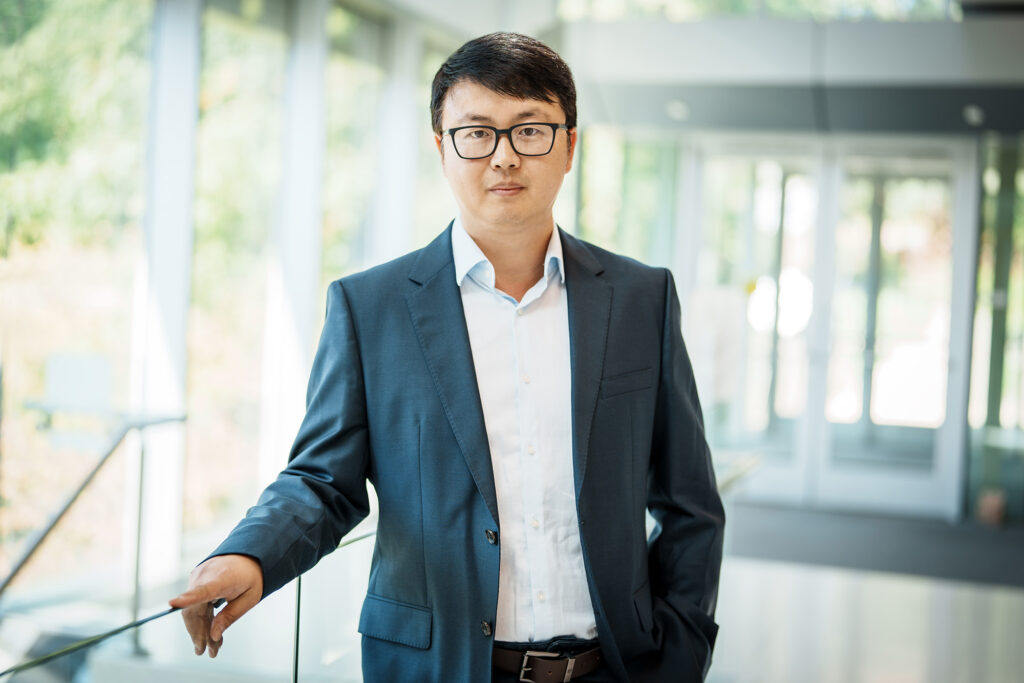New faculty member Di Liang elected IEEE Fellow

Prof. Di Liang has been elected an IEEE Fellow “for contributions to photonic integration in optical communication, computing, and volume production.”
Liang officially joins the department January 1, 2024 as a full professor, and is currently a visiting professor. He directs the Large-Scale Integrated Photonics group, specializing in semiconductor optoelectronics, compound semiconductor and silicon-based photonic devices, large-scale photonic integration for optical interconnect, sensing, and computing.
Before joining Michigan, he was a Director at Alibaba Cloud Computing within the Alibaba Group, the #4 cloud service provider in the world. At Alibaba, he led their in-house advanced silicon photonics and general photonic integrated circuit technology R&D activities.
Between 2009-2021, Liang was at Hewlett Packard Labs, where he led silicon and III-V integrated photonics research. This included the innovation of a new III-V quantum-dot-on-silicon heterogeneous photonic integration platform for high-performance interconnect and computing. He also invented a heterogeneous metal-oxide-semiconductor capacitor (MOSCAP) structure including MOSCAP lasers and modulators for unprecedented “nearly-zero-power” phase tuning that was >1,000,000,000x more energy efficient than conventional thermal tuning. Later, his colleagues and he discovered many more interesting properties for optical memory, computing and hitless detection.
As a postdoctoral researcher at the University of California, Santa Barbara, Liang solved a long-term fundamental wafer bonding challenge to significantly improve the bonding yield and production efficiency, including demonstration of a 6” InP-to-silicon wafer bonding (a world record). He also participated in the development of several important heterogeneous lasers. These innovations paved the way for successful commercialization of this heterogeneous photonic platform. The technology was licensed to a leading semiconductor chip company to develop large-volume silicon photonics transceivers and many other products.Liang is Editor for Nature Group’s Light: Science & Applications, and Associate Editor for Optica (formerly OSA) and IEEE Journal of Quantum Electronics. He is a co-editor of the book Silicon Photonics for High-Performance Computing and Beyond, and co-author on about 300 journal and conference papers. He currently has 52 patents, with another 55 that are pending. He is a Fellow of Optica.
 MENU
MENU 
